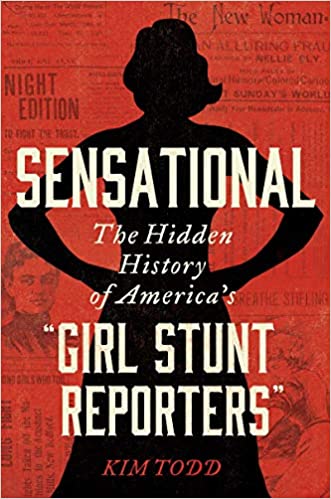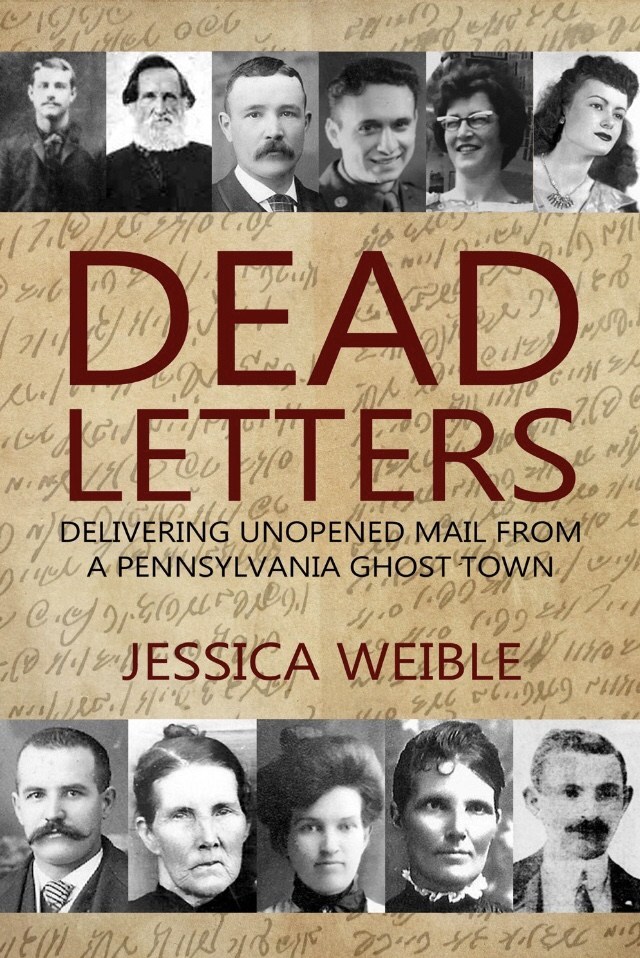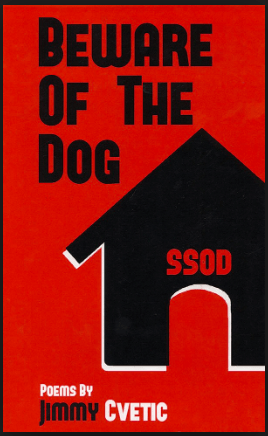Review by Karen Weyant
HarperCollins, 2021
Kim Todd
When I was 12 years old, I read a biography of reporter Nellie Bly. This book, geared towards young teenage readers, showcased Bly’s trip around the world where she tried to beat the time set in Jules Verne’s novel, Around the World in Eighty Days. I was especially enamored with a picture of young Bly, posing with a monkey she attained on her travels. I easily ignored her dated dress and hair style, because she was traveling to what I believed were beautiful places and locations – all far more exotic than my home in rural Northern Appalachia.
It wasn’t until much later that I learned the true influence of Bly’s work in the history of American journalism. Bly, whose real name was Elizabeth Cochrane, was one of the original girl stunt reporters who was a precursor to the Muckraker work (starting in 1906 when Theodore Roosevelt coined the phrase) in the early 20th century. Besides her journey around the world, she is most known for her investigation into the conditions of a woman’s asylum in New York City where she posed as a mentally ill woman in order to get admitted into the facility. Her findings turned into a book titled Ten Days in a Mad– House.
It’s Bly’s history, and the influence of other Girl Student Reporters that is the focus of Kim Todd’s newest book, Sensational: The Hidden History of “Girl Stunt Reporters. Stunt Reporters is defined in this book as a population of young women reporters who started a new type of investigative reporting where they went undercover to investigate societal ills.
Bly may be the most famous woman reporter from this time period, but Todd chooses to start her book with a prologue titled “The Case of the Girl Reporter 1888” where she narrates the tale of an anonymous young woman who travels from doctor’s office to doctor’s office in Chicago seeking an abortion. With every visit, “this slight young woman recorded these facts, but also assumptions and attitudes – euphemisms, opinions on sex of wedlock, the way doctors made her feel shame or comfort or alarm.” One doctor, the young woman claimed, acted fatherly while another seemed to feel more sympathy for her lover than her. But no matter what she noted, her goal was the same: to expose the city’s abortion practices.
Her investigation which turned out to be a monthlong project for the Chicago Times, caused chaos when the first story hit the stands: “The city editor quit in disgust, letters of praise and courage flooded the news desk, and lawsuits for libel piled high.” Discussions of abortions in a daily newspaper were clearly unique and shocking. As Todd notes, “The Girl Reporter’s series had such a wide reach because she dared to talk about women and sex and the way it felt to be a woman talking about sex – embarrassed, threatened, angry.”
As for the identity of this young woman who caused such chaos? It has never been fully confirmed, although later in the book, Todd takes some time to make some educated guesses.
From this story forward, Todd explores the time period of these women reporters, cataloging year by year their stories and adventures. In these chapters, we learn about such woman as Eva McDonald, who examined the low pay and horrible working conditions of women working in many of Minnesota’s garment factories; Ida B. Wells who investigated the southern lynching of black men; and Kate Swan McGuirk, who became one of the only reporters to interview the infamous Lizzie Borden before her trial.
Indeed, these women took on a very different role in the world of journalism and storytelling. They were protagonists and according to Todd, “Bravery was their brand” as their stories were like “adventure tales that flew off the bookstore shelves, except they were real.” Still, Todd is careful to note that these stories were a “disorientating sense of reality, as the freedom displayed in these stories was at odd with the limited rights of American women” during this time period.
Todd’s book is not organized as a collection of mini-biographies of these women. It’s a history book, organized by year, starting in 1885 and ending in 1922 (with brief glimpses of how the heyday of the girl stunt reporter influences women in today’s world of journalism). Within these chapters, Todd chronicles the journeys of these women reporters, placing their stories in the context of American history.
Today, many of these works by girl stunt reporters are seemingly lost in the world of journalism history. Yes, many people know the term muckraker, and certainly such muckrakers as Lincoln Steffens, Ida Tarbell and Upton Sinclair are well known today. If their work still is anthologized and discussed, Todd makes the case that these girl stunt reporters should also be celebrated and their written works studied as important pieces of America’s journalism history.




